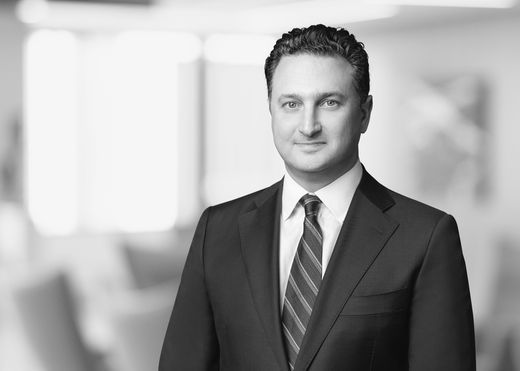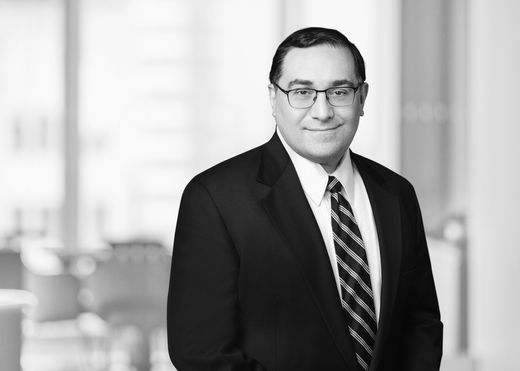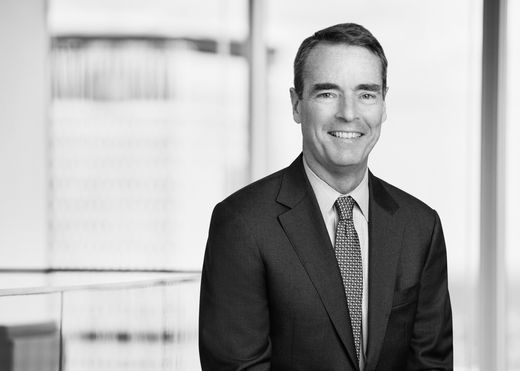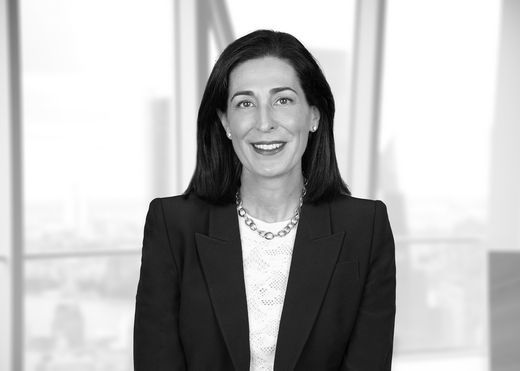Second Circuit Confirms the Scope of Scheme Liability Under Rule 10b-5

Key Points
- The United States Court of Appeals for the 2nd Circuit held that Lorenzo did not alter existing case law holding that scheme liability under § 10(b) of the Exchange Act and § 17(a) of the Securities Act requires more than alleged misstatements and omissions.
- The 2nd Circuit left for another day clarifying the specific parameters of an actionable deceptive or manipulative scheme.
Background
In April 2011, Rio Tinto acquired an exploratory coal mine based on the understanding that it would produce quality coal, which could then be transported down the Zambezi River, and then by rail infrastructure. After acquiring the coal mine, Rio Tinto learned the quality of the coal was poorer than expected and that it could not obtain proper government permitting to transport the coal by river.
In October 2017, the U.S. Securities and Exchange Commission (SEC) brought an enforcement action against Rio Tinto and its CEO and CFO, alleging that Rio Tinto should have taken an impairment on the coal mine sooner than it did and, in relevant disclosures to the public, the company, CEO and CFO had failed to timely disclose these problems or to correct the valuation of the coal mine. The SEC brought misstatements and omissions claims under Rule 10b-5(b), as well as a scheme liability claim under Rule 10b-5(a) and (c) for Rio Tinto’s alleged “corruption of the auditing process,” i.e., its alleged failure to correct the statements made to the audit committee and auditors.
In March 2019, the Honorable Analisa Torres of the Southern District of New York dismissed the scheme liability claim,1 reasoning that all of the alleged “actions” and “conduct” underlying it were misstatements or omissions, which under Lentell v. Merrill Lynch & Co., 396 F.3d 161 (2d Cir. 2005), was insufficient to confer scheme liability under Rule 10b-5(a) and (c). About a week later, the U.S. Supreme Court issued its decision in Lorenzo v. SEC, 139 S. Ct. 1094, 1100 (2019), holding that those who disseminate false statements with the intent to defraud are primarily liable under Rules 10b-5(a) and (c) even if they are not primarily liable under Rule 10b-5(b).
The SEC then asked the district court to reconsider the dismissal in light of Lorenzo, arguing that Lorenzo had abrogated the 2nd Circuit’s decision in Lentell by expanding the scope of scheme liability. The district court, however, denied reconsideration, concluding that the SEC had failed to “allege that Defendants disseminated [the] false information, only that they failed to prevent misleading statements from being disseminated by others.” The district court certified an interlocutory appeal to the 2nd Circuit on this issue. The 2nd Circuit granted the SEC’s petition for leave to appeal an interlocutory order on the question whether, post-Lorenzo, misstatements and omissions—without more—can form the basis for scheme liability under Section 10(b) of the Exchange Act and Rule 10b-5(a) and (c) promulgated thereunder, and Section 17(a)(1) and (3) of the Securities Act.
Opinion
The Honorable Dennis Jacob authored a unanimous published opinion affirming the district court’s holding. The 2nd Circuit limited its analysis to whether misstatements and omissions could alone form the basis for scheme liability. It held that it could not. Because misstatements or omissions were not the sole basis for scheme liability in Lorenzo, i.e., dissemination was “one example of something extra that makes a violation a scheme,” the 2nd Circuit concluded that Lentell and Lorenzo were compatible. The 2nd Circuit reaffirmed its rule of decision in Lentell: “misstatements and omissions can form part of a scheme liability claim, but an actionable scheme liability claim also requires something beyond misstatements and omissions, such as dissemination.”
The 2nd Circuit offered explanations for its more constrained reading of Lorenzo.
First, the 2nd Circuit explained that, while Lorenzo acknowledged that there is overlap among the three subsections of Rule 10b-5 and Section 17(a), the divisions among the subsections “remain[ed] distinct.” However, the 2nd Circuit rejected a reading that misstatements and omissions were enough to establish scheme liability, which would result in the scheme subsections swallowing the misstatement subsections.
Second, under the SEC’s conception of scheme liability, the bar for primary liability for securities fraud and the pleading standard in cases involving private plaintiffs would be lowered in contravention of congressional intent. The 2nd Circuit explained that, if it were to adopt the SEC’s view, defendants could be primarily liable for scheme liability merely for participating in making misstatements, even though under Janus Capital Grp., Inc. v. First Derivative Traders, 564 U.S. 135, 142 (2011), only the maker of a statement may be held primarily liable under Rule 10b-5(b). But in carving out an exception of Janus by imposing liability for “disseminating false statements,” Lorenzo did not create primary liability for “participation in the preparation of misstatements.” The 2nd Circuit also observed that the heightened pleading standard for private plaintiffs under the Private Securities Litigation Reform Act (PSLRA) applies to Rule 10b-5(b) statements, not scheme liability. See 15 U.S.C. § 78u-4(b)(1). The 2nd Circuit rejected an interpretation of Lorenzo that “might allow private litigants to repackage their misstatements claims as scheme liability claims” to evade the PSLRA’s pleading requirements.
Third, the 2nd Circuit explained that “overreading Lorenzo would muddle primary and secondary liability.” This mattered because “[a]iding and abetting liability is authorized in actions brought by the SEC but not by private parties.” Stoneridge Inv. Partners, LLC v. Sci.-Atlanta, 552 U.S. 148, 162 (2008) (citing 15 U.S.C. § 78t(e)); see also Central Bank of Denver, N.A. v. First Interstate Bank of Denver, N.A., 511 U.S. 164, 180 (1994). The 2nd Circuit rejected an approach that would allow a scheme claim to multiply the number of defendants subject to private securities actions.
Impact
In Rio Tinto, the 2nd Circuit reconciled its holding in Lentell that misstatements and omissions alone are not enough for scheme liability with the Supreme Court’s holding in Lorenzo that the “dissemination” of false statements could sustain a claim under the scheme subsections, even where there was no liability under Rule 10b-5(b). The holding in Rio Tinto could push the SEC in other matters to resort to claims against corporate officers for aiding and abetting securities fraud when the officers are neither the makers nor the disseminators of the false statements.2
The 2nd Circuit, however, expressly did not decide whether the scheme liability claim in the SEC’s complaint alleged something beyond misstatements and omissions, noting that its analysis was premised on the district court’s ruling characterizing the scheme liability claim as based on misstatements and omissions. Significantly, the 2nd Circuit observed that any implications from Lorenzo “that blur the distinctions between the misstatement subsections and the scheme subsections is a matter that awaits further development.” Thus, the 2nd Circuit left for another day the question whether “corruption of an auditing process” or allegations that a corporate officer concealed information from auditors give rise to scheme liability under Lorenzo.
1 The district court also dismissed most of the misstatements and omissions claims that were alleged pursuant to the misstatement subsections (Rule 10b-5(b) and Section 17(a)(2)).
2 The district court dismissed the SEC claims against the CEO and CFO for aiding and abetting Rio Tinto’s securities fraud violations. That aspect of the district court’s dismissal was not part of the interlocutory appeal to the 2nd Circuit.









